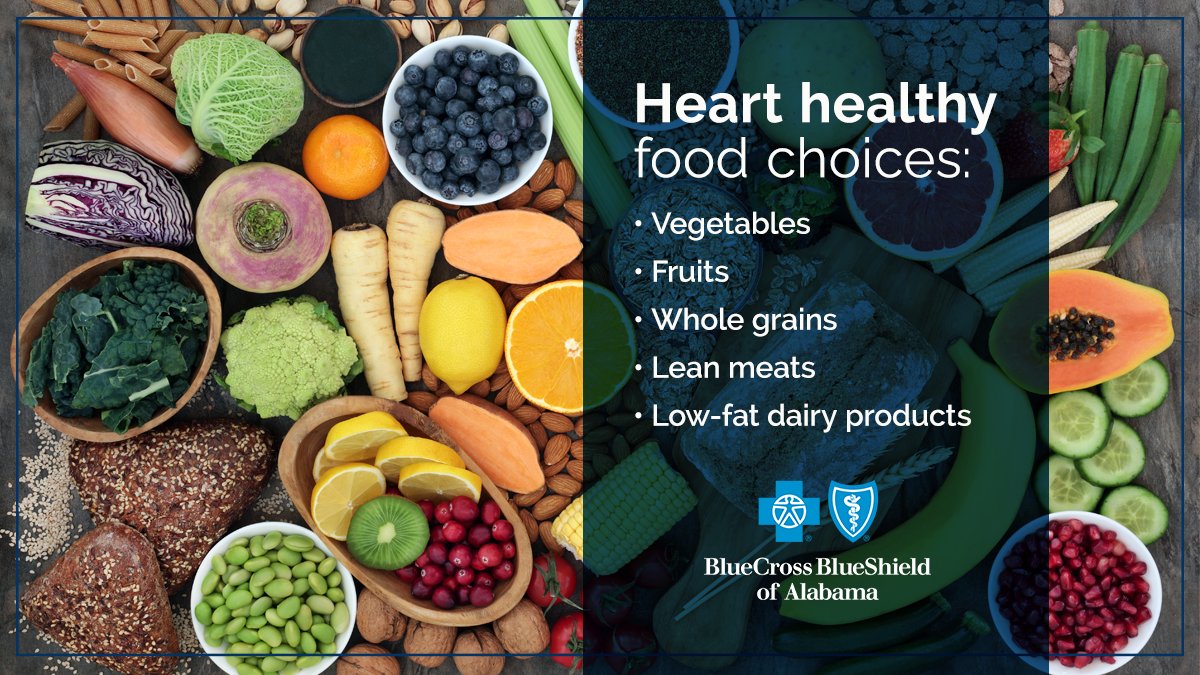
There are many benefits to fibre. In fact, the average American consumes only about half of their recommended daily intake. A variety of fibre-rich foods is essential for improving your overall health. Fruits, vegetables, whole grains, and nuts are some of the most common sources of fibre. Choosing foods that are high in fibre is a simple first step in boosting your health. But there are more benefits to fibre than just improved digestion.
Fibre is good for your health and can help prevent heart disease. Research shows that a diet high in fibre reduces the risk of cardiovascular disease by 50%. It also lowers the 'bad' cholesterol. It is also known to control blood sugar levels. It has been shown to help reduce the risk of colon cancer, diabetes, and certain cancers. Many studies show that fibre intake increases the risk of colon cancer. Increased fibre intake will allow you to avoid colon carcinoma and help you lose weight.

In addition to lowering the risk of colon cancer and other chronic diseases, fibre helps maintain the proper functioning of the digestive system. The Wereldkanker Onderzoek Fund estimates that a person could reduce their risk of developing colon cancer by increasing their fiber intake. Soluble fibre absorbs cholesterol from foods and expels it through the stool. It can also make your blood vessels more resilient. It also lowers the risk of stroke and heart attacks.
A diet high in fiber may help children live longer and have fewer chronic diseases. While there is much more research needed, there are many benefits of dietary fiber. It can have a positive effect on the digestion system and other organs. For children with a need for fibre nutrition, they should be given enteral formulas that contain fibre to meet their needs. They may also benefit from fiber supplements if they don’t get enough.
Fibre is vital for weight control. Fiber, when consumed regularly, can make it easier to feel fuller and reduce calorie intake. Fiber is low-calorie and recommended for inclusion in a diet. Denmark's traditional diet, which is rich in fiber, has half the rate of obesity as Canada. This is due to a diet that emphasizes whole grains, legumes and fruits.

Study results showed that people are knowledgeable about fibre. The average score is 3.54 (+0.5) out five. Higher chances are that students have learnt about fibre. The survey revealed that fibre also has other benefits. This includes a reduction in the risk of heart disease, cancer, and digestive disorders. Fibre's benefits are well-known to the general public.
FAQ
What are the top 10 healthy habits?
-
Every day, eat breakfast.
-
Don't skip meals.
-
Be balanced.
-
Get plenty of water.
-
Take care to your body.
-
Get enough sleep.
-
Avoid junk food.
-
Do some type of exercise daily.
-
Have fun
-
Meet new people.
How can my blood pressure be controlled?
It is important to first understand what high blood pressure is. Next, take steps that will reduce the risk. This could mean eating less salt, losing some weight, taking medication, and so on.
Make sure you're getting enough exercise. Walking can be a good alternative to regular exercise if time is tight.
If you're not happy with how much exercise you're doing, then you should consider joining a gym. You will likely want to join an exercise group that shares your goals. It's easier for you to exercise if you know that someone will be watching you at the club.
How often should i exercise?
Exercise is essential for maintaining a healthy lifestyle. There is no time limit on how much you should exercise. Finding something you enjoy is key. Stick with it.
If you work out three times a week, then aim to complete 20-30 minutes of moderate intensity physical activity. Moderate intensity means that your muscles will continue to work hard even after you finish. This type of workout burns around 300 calories.
If you prefer to walk, go for 10 minute walks four days a week. Walking is low-impact, easy on your joints, and it's also very gentle.
Jogging three times a week for 15 mins is enough if you want to run. Running is a great exercise to build muscle tone and burn excess calories.
You can start slow if you're new to exercise. Begin with 5 minutes of cardio every other day. Gradually increase duration until you achieve your goal.
What can I do to boost my immune system?
The human body is composed of trillions if not billions of cells. These cells collaborate to create organs, tissues and other functions. Another cell takes its place when a cell dies. The chemical signals known as hormones are used to communicate between cells. Hormones regulate all bodily processes, from growth and development to metabolism and immunity.
Hormones can be described as chemicals produced by glands in the body. They travel through the blood stream and act like messengers to control how our bodies function. Some hormones are produced internally while others are made outside of the body.
Hormone production occurs when hormone-producing cells release their contents into your bloodstream. Once hormones are released they move through the bloodstream until they reach their intended organ. Sometimes hormones stay active for only a short time. Some hormones remain active for longer periods of time and can continue to have an impact on the body's function long after they are gone.
Some hormones can be produced in large amounts. Others are produced in smaller amounts.
Some hormones are only produced at certain times in your life. For example, estrogen can be produced during puberty or pregnancy. Women can get estrogen to build breasts, prevent osteoporosis, and keep their bones healthy. It also promotes hair growth and keeps skin smooth and soft.
Statistics
- The Dietary Guidelines for Americans recommend keeping added sugar intake below 10% of your daily calorie intake, while the World Health Organization recommends slashing added sugars to 5% or less of your daily calories for optimal health (59Trusted (healthline.com)
- In both adults and children, the intake of free sugars should be reduced to less than 10% of total energy intake. (who.int)
- nutrients.[17]X Research sourceWhole grains to try include: 100% whole wheat pasta and bread, brown rice, whole grain oats, farro, millet, quinoa, and barley. (wikihow.com)
- According to the Physical Activity Guidelines for Americans, we should strive for at least 150 minutes of moderate intensity activity each week (54Trusted Source Smoking, harmful use of drugs, and alcohol abuse can all seriously negatively affect your health. (healthline.com)
External Links
How To
What does the meaning of "vitamin?"
Vitamins are organic compounds naturally found in food. Vitamins allow us to absorb nutrients from food. Vitamins cannot be made by the body; they must be taken from food.
There are two types of vitamins: water soluble and fat soluble. Water soluble vitamins dissolve easily in water. Some examples include vitamin C,B1 and B2 vitamins (thiamine), B2 and riboflavin, B3 and B6 vitamins (niacin), folic acids, biotin, pantothenic acids, and cholesterol. The liver and fatty tissues are home to fat-soluble vitamins. Examples include vitamin D, E, K, A, and beta carotene.
Vitamins can be classified by their biological activity. There are eight major categories of vitamins.
-
A - essential for normal growth and maintenance of health.
-
C – essential for proper nerve function.
-
D – Essential for healthy teeth, bones and joints
-
E is necessary for good vision, reproduction.
-
K - required for healthy muscles and nerves.
-
P - Essential for strong bones and teeth.
-
Q - aids digestion and absorption of iron.
-
R - Required for red blood cell production
The recommended daily allowance (RDA) of vitamins varies depending on age, gender, and physical condition. The U.S. Food and Drug Administration has established the RDA values.
For adults aged 19 and older, the RDA for vitamin B is 400 micrograms daily. Pregnant mothers need 600 micrograms per days because it is vital for the development and growth of their baby. Children ages 1-8 require 900 micrograms per day. Infants under one year of age require 700 micrograms per day, but this amount decreases to 500 micrograms per day between 9 months and 12 months of age.
Children aged 1-18 years need 800 micrograms daily, while children overweight require 1000 micrograms per days. Children who are severely obese or underweight will need 1200 micrograms each day.
Children 4-8 years old who have anemia must consume 2200 micrograms of Vitamin C daily.
Adults over 50 years of age need 2000 micrograms per day for general health. Due to their increased nutrient needs, pregnant and breastfeeding women need 3000 micrograms daily.
Adults over 70 require 1500 micrograms each day, since they lose around 10% of their muscle mass every decade.
Women who are pregnant or lactating need more than the RDA. Pregnant women need 4000 micrograms per dayduring pregnancy and 2500 micrograms per day after delivery. Breastfeeding mothers need 5000 mg per day when breastmilk is being produced.